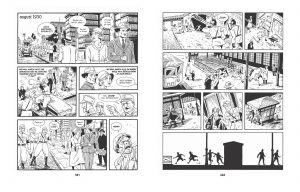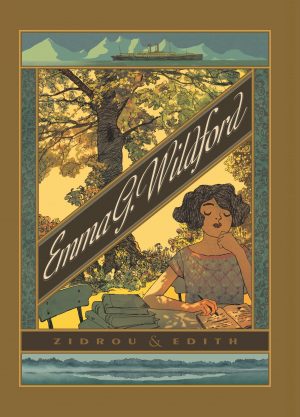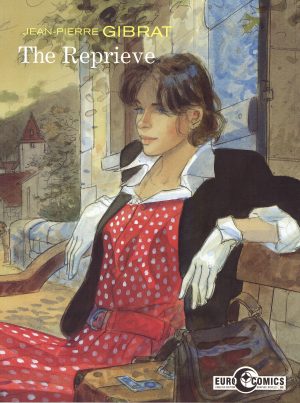Review by Frank Plowright
Berlin chronicles the demise of the German Weimar Republic over five years from 1929 to 1933 when the Nazis were elected into power. With no little irony, investigating a five year period in such depth took Jason Lutes over twenty years. The greater, more disturbing parallel is that during that time the political polarisation of Berlin has recurred in many countries across the globe, with right and left again able to find no middle ground and a violent nationalism common.
While named after a city, Berlin is a journey, primarily for three people, but ultimately for a nation, although the achievement is in presenting the views and experiences of a broad selection of faiths, beliefs and nationalities. Only the city unites them, whether they’re permanent residents or just visiting. It’s a work of beguiling complexity, yet straightforwardly accessible.
If a single character is intended to mirror the fortunes of the city it’s Marthe Müller who arrives in Berlin just as it reaches a cultural zenith. She revels in the liberating atmosphere the city offers, and eventually finds herself destitute as freedoms crumble around her. Alternatively it’s possible to read the later division of the city into the polarised views of the Braun family, father and son embracing the disciplines and persecution of the Nazis while mother and daughter fight for a broader view of collective interest, Sylvie developing into the second pivotal character. The third is journalist Kurt Severing, ultimately the most tragic for being able to see what’s coming, yet feeling his trade is impotent in preventing it. Connecting with them are plenty more from a Jewish family to a visiting American jazz band, as Berlin crumbles, yet embraces so many stories.
Perhaps Lutes actually knows how many individual bricks and cobblestones he drew to cement the authenticity of 1930s Berlin, but the total is immense. This dissolution of idealism has the location so beautifully cemented with page after page of rich atmosphere and sublime staging, Lutes never skimping with some impressionistic suggestion, instead composing every line. The visual density mirrors the structural density. Pages with just six panels are rare, as the multiple small illustrations enable so much story to be presented. The page count is just shy of six hundred (550 if you account for chapter partitions), but the amount of story is well in excess of that page count. People not used to the format complain graphic novels can be read so quickly, but that’s not applicable to Berlin, which is a story to be savoured over time.
Lutes has created a social study with ambition and period sensibilities that can justifiably be compared to renowned works of historical fiction with a broad scope detailing turbulent times, such as Les Miserables or I, Claudius. It’s that good, and if there’s any justice it will still be read long beyond the twenty years it took to create.
If preferred to this single hardback presentation, Berlin is serialised over the paperbacks City of Stones, City of Smoke and City of Light.





